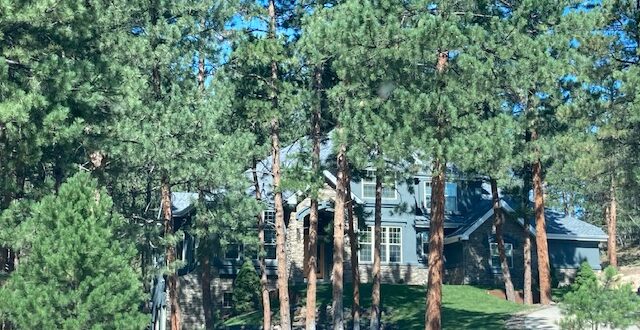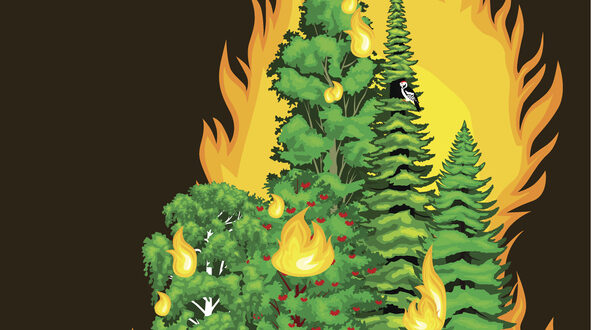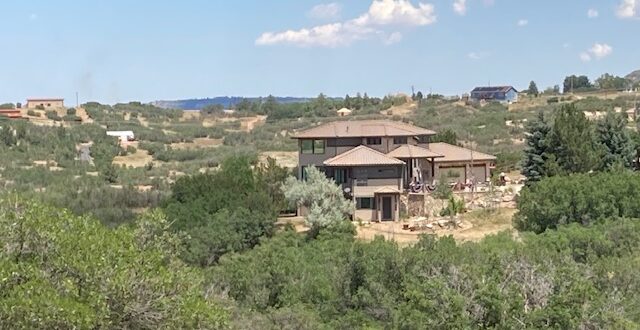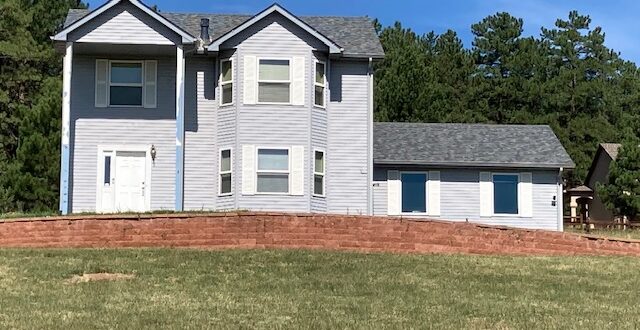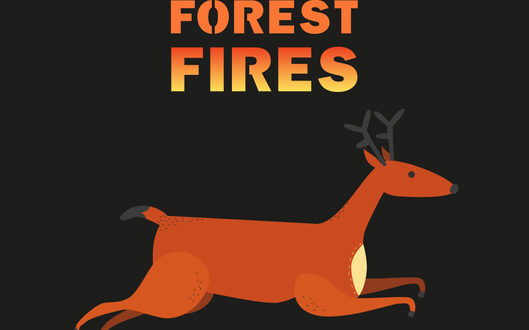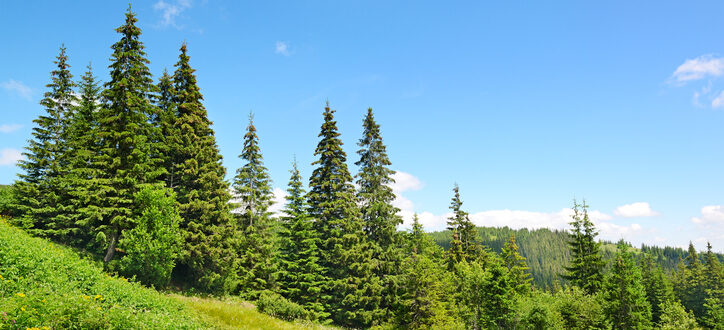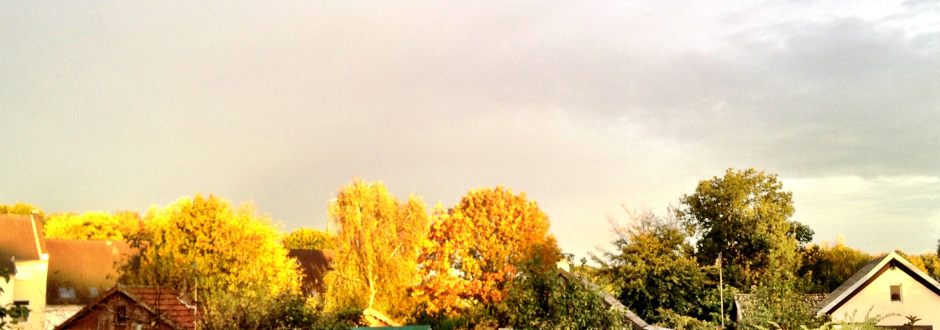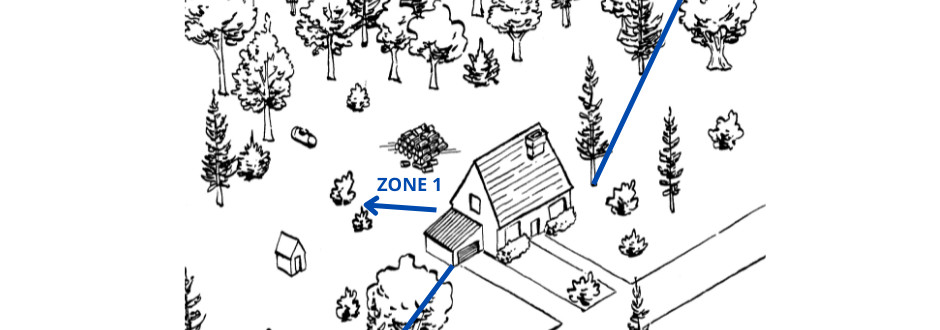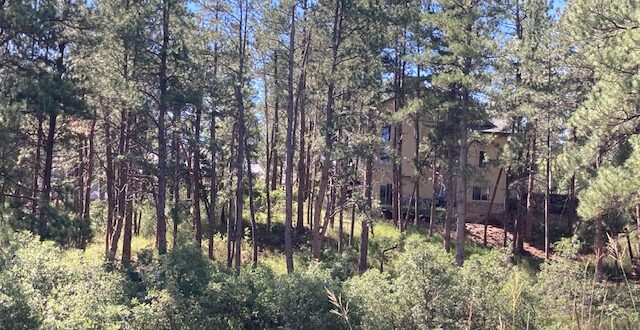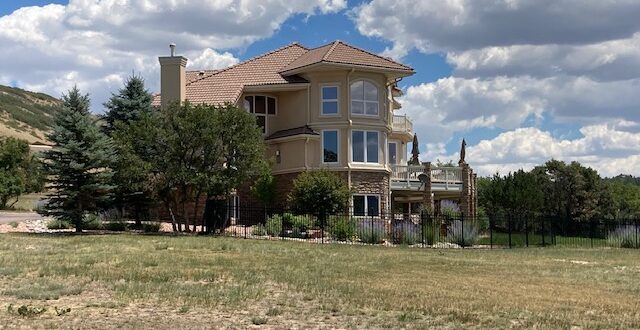The first two zones closest to the house are the most crucial when it comes to mitigating wildfires and protecting the house. Zone 2 starts at 30ft from the house and covers up to 100ft. If your property boundary is within 100ft of the house, you will need to do your best to mitigate up to that point. The topography is going to affect some of the steps you take, as it will affect the spread of a fire. It’s rare to live on a perfect circle or perfectly flat ground, so you’ll need to deal with slopes. The steeper the slope, the slower fires will spread unless they have the wind to help. Watch Out for Drought Conditions If
(719) 400-9104
office@coloradomastication.com
It can seem like the best thing to do in fire prone areas is to get rid of the propane tank altogether. Surely there are other options around. Well, don’t go searching for them. You can keep your propane tank and protect your home at the same time. You’ll want to buy your propane tank rather than rent it. Most rental agreements make it clear that you have to keep the tank above ground. That’s not going to keep your property safe, and it’s going to cost you more in the long run. Protecting your home isn’t going to be cheap. It is going to be the best investment for you, your family, and the entire community, though. Why Put
Rural living fire mitigation. Colorado Mastication has ability to fire mitigaiton a large project. (719)400-9104. The further out of town homes get, the larger the space available. Rural living is the term given when houses sit on lots of five to 40 acres. Anything above 35 acres will have a domestic well permit thanks to a change of law in Colorado in 1972. While there are certainly benefits of rural living, especially if you don’t like being too close to people, there are also downsides. It’s important to consider them and how they affect wildfire mitigation. After all, wildfires in Colorado are a major concern. Narrow and Steeper Paths that Urban Living Homes in rural areas can be a problem for
To get an estimate on wildfire mitigation in Colorado Springs, contact us now. Different areas around your home are going to be treated differently to mitigate wildfires. Zone 1 is one of the Home Ignition Zones, and it’s your primary defense against wildfires. One myth is that you need Zone 1 to be completely clear of everything to prevent fire. This would suggest it needs to be boring with no plants or anything around. While this would create more protection, there are ways to enjoy the space and protect it at the same time. How Much Space Is Needed for Zone 1? To be able to get started, you need to know the space necessary. Zone 1A is going to
For questions about fire mitigation measures, call (719)400-9104. There are some states known for drought conditions in the summer months. Colorado is one of them, and the conditions are a growing concern. Due to drought, the forests have become stressed and weakened. Drought conditions have had a major impact on water supplies. It’s leading to agricultural problems, and the forests are dying. Drought will kill trees due to the need for water for survival, but there are other problems because of drought that can’t be overlooked. Drought Conditions Lead to More Wildfires There’s no doubt that the number of wildfires during the year has increased around the world. Colorado is seeing an increase, and the drought conditions are not helping
Forest management of dead trees killed by spruce beetles. Call or text (719)400-9104. There are a few common pests around the Colorado area. The deadliest forest pest of all is still the spruce beetle. It’s important to detect and monitor any insect and disease activity around the forests. The sooner the problem is detected, the easier it is going to be managed. A few beetles cause problems year after year, but it’s the spruce beetle that is the most dangerous for forest life. How Much Area Is Affected by the Spruce Beetle? The spruce beetle, Latin name Dendroctonus rufipennis, affected around 53,000 acres of land in 2021 alone. This is much more than other types of beetles in the area.
Urban living is described as having more than one house occupying half an acre. It can be a tough situation without many people realizing it. Sure, you have paved streets and easier access to amenities, but you have a problem with a built-up area close together. Don’t find yourself complacent because of the benefits of an urban area. This is a high-risk area when it comes to wildfires. How is that possible when there aren’t the forests around you? More Houses Create a Higher Risk of Fire While forests are certainly a problem for wildfires, built-up areas can also be a major risk. It’s all about the houses in the area. There are a lot of different ways to build
For estimate on creating defensible space in El Paso county, contact us now. The best thing you can do to protect your home from wildfires is to create a defensible space. This is going to be in the first two zones on your property, covering up to 100ft or up to your property boundary line. Zone 1 is the most critical, but you will need to play close attention to Zone 2. Zone 1 is the first 30ft from your house. Zone 2 then covers up to your boundary line or 100ft, whichever comes first. However, Zone 1 is split into two, with Zone 1A being the first three to five feet of land from your decks, shed, or whatever
Tree thinning for forest management. (719)400-9104. Part of the forest management process is thinning out some of the forests. This usually happens in Zone 2 and beyond. However, if you have questionable trees in Zone 1, you’ll want to get rid of them, too. Getting the right trees for thinning is important. Some are going to be great for slowing down and preventing the spread of fires, while others are fuel for the wildfires. If you pick the wrong ones, you could put your home and the overall forest in more danger. Remove the Light-Starved Trees Look around the land at the way the trees look. If you find any that are scrawny and struggling to get to a light
Contact us for creating defensible space for your home in Colorado Springs, (719)400-9104. Creating a safety zone close to your home is important. Firefighters often need to pull back when there is a fire. They need to allow the front to pass, and then they will go in and douse the fires where they can. If you have a safety zone a long way away from your home, it’s going to take longer for firefighters to get to it. In fact, you may find that firefighters can’t save your home at all. Here’s what you can do to create a safety zone that’s useful. What Is a Safety Zone? A safety zone is a space for firefighters to pull back.
